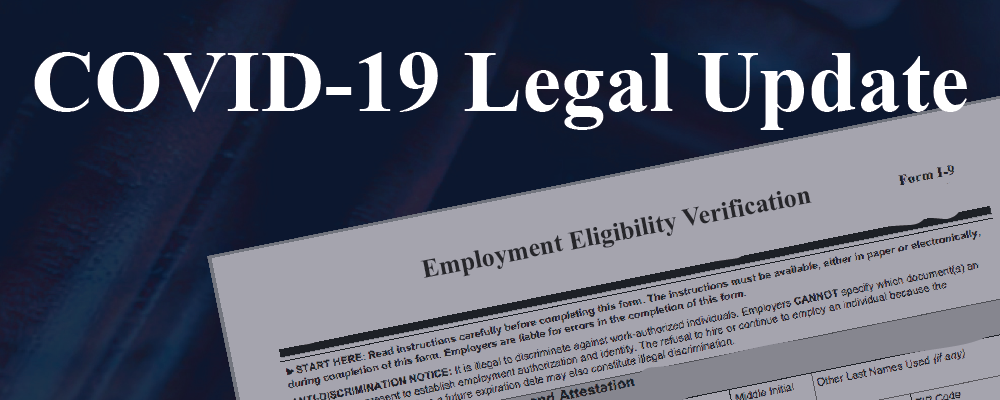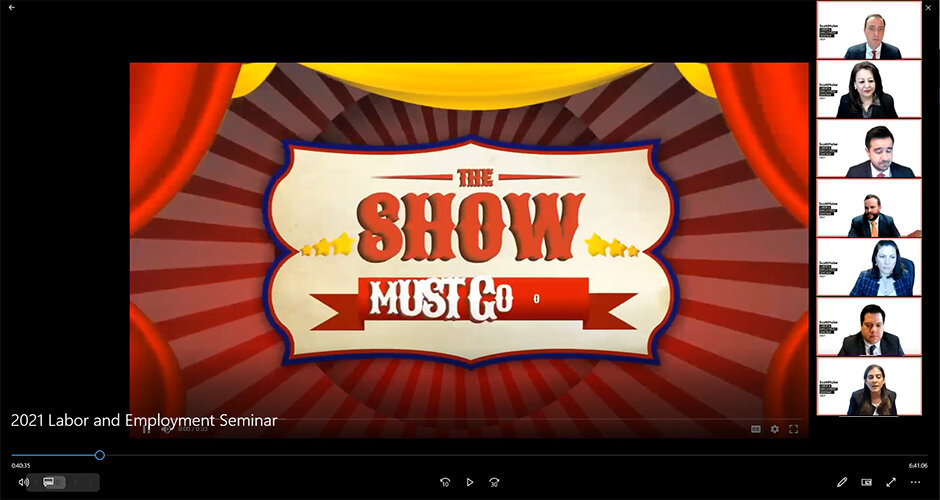
Legal Updates
Employment Law Update: Can Employers Require COVID-19 Vaccinations?
December 17, 2020
With the U.S. Food and Drug Administration (“FDA”) issuing the first emergency use authorization for a COVID-19 vaccine, employers are scrambling to determine whether they can legally require their workers to take the vaccine amid the nationwide surge in COVID-19 cases. Yesterday, the Equal Employment Opportunity Commission (“EEOC”) updated its COVID-19 guidance to provide employers with a road map detailing the steps businesses must take… Read More
Second Chances: Opportunity Zones as an Alternative for Failed 1031 by Partnerships, S Corporations, and Nongrantor Trusts
October 1, 2020
By: David S. Hansen Most real estate investments help through some form of entity for liability protection purposes. These entities are often a partnership or an S Corporation. Such investors may make the decision that it would be prudent to terminate a particular investment in real property from time to time. Perhaps they believe the market is at a high point. Perhaps they wish to… Read More
The Supreme Court Holds That Catholic School Teachers are “Ministers” and Cannot Bring Employment Discrimination Claims
July 9, 2020
By Luis F. Calvo On July 8, 2020, the U.S. Supreme Court issued a 7-2 decision holding that Catholic schoolteachers cannot bring employment discrimination claims against the religious institutions that employ them. The Court reached its decision citing the so-called “ministerial exception,” based on the First Amendment’s protection of the rights of religious institutions “to decide for themselves, free from state interference, matters of church… Read More









